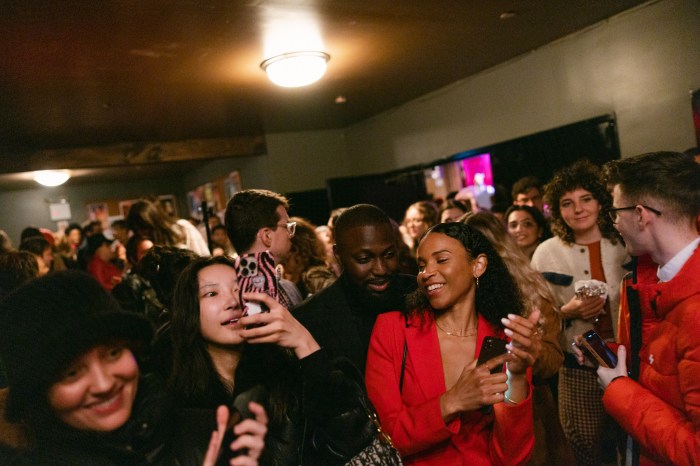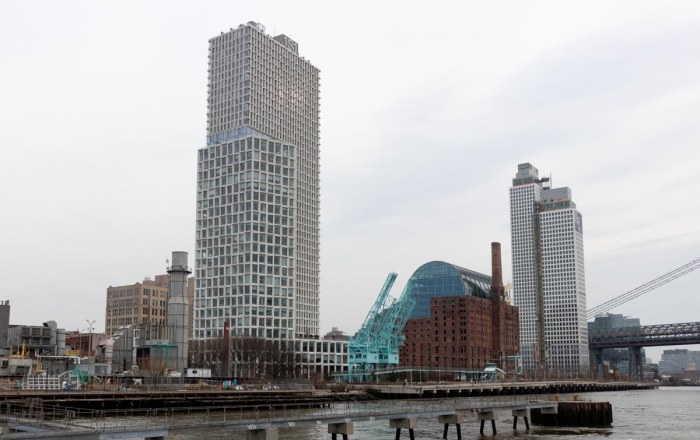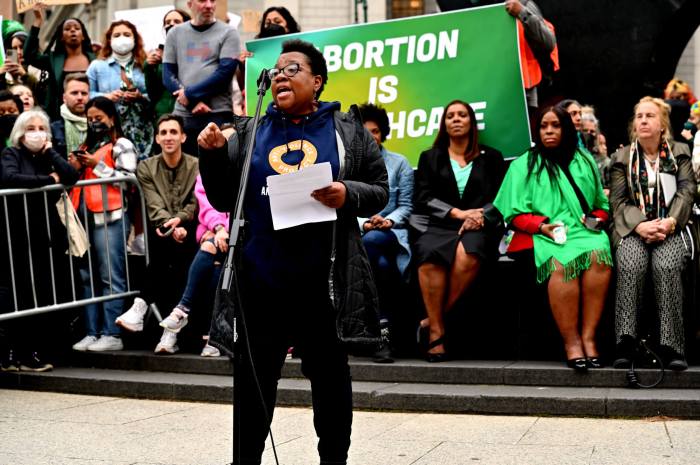We guess that’s why they say every rose has its thorn.
The city has permanently spared 11 Brooklyn community gardens it had previously tapped for development by turning them into parkland — but will raze four other borough plots for below-market-rate housing, it announced recently.
Officials say they will give displaced gardeners new space within a quarter-mile of their current locations. But it is unclear if the new plots will be the same size, and activists say they will never be the same garden.
“Moving gardens is impossible,” said Paula Segal of 596 Acres, a group that helped gardens fight the development. “When they say they are moving a garden, what they really mean is: we are going to take away this thriving community resource and move it to a different community.”
La Casita Verde in Williamsburg, El Garden in Bushwick, Imani Garden in Crown Heights, and four Bedford-Stuyvesant gardens — Patchen Community Square, Halsey Ralph and Howard Community Garden, 462 Halsey Garden, and Tranquility Farm — are among the Brooklyn veggie patches now safe from the bulldozer.
But New Harvest Community Garden on Vernon Avenue between Tomkins and Marcy avenues in Bedford-Stuyvesant, two neighboring gardens in Coney Island, and one East New York patch will soon be pushing up daisies — in their current locations, anyway.
The city desperately needs more so-called “affordable” housing options, said a city rep, and free plots of land are simply the easiest and most economic way to meet that need.
“To reach the very lowest incomes is very expensive to do, and one of the only opportunities we have to do that is on city-owned land,” said mayoral spokesman Wiley Norvell.
The sites were part of a list of vacant land owned by the Department of Housing Preservation and Development that the city offered to developers for below-market housing in January.
When 596 Acres discovered several of those lots were being used as community gardens, it corralled locals together to defend their green spaces — gardeners organized protests and circulated petitions, and local officials beseeched higher-ups to save the doomed blooms.
In total, the housing department will hand 27 Brooklyn gardens over to the parks department — 16 of those were on city land, but not on the development list.
The green thumbs say they always knew they were planting on shaky ground — the city had allowed the gardens to occupy the plots with the understanding that it may eventually reclaim them for its housing crusade — but they fought hard to show that their gardens as just as vital to their communities as below-market housing.
“We wanted to prove to the community that it was more valuable as an open space,” said Greenpointer Nicole De Feo, who volunteers at the Java Street Community Garden between West and Franklin streets, which will also become parkland. “A community garden would serve more people than a handful of affordable housing apartments.”
























